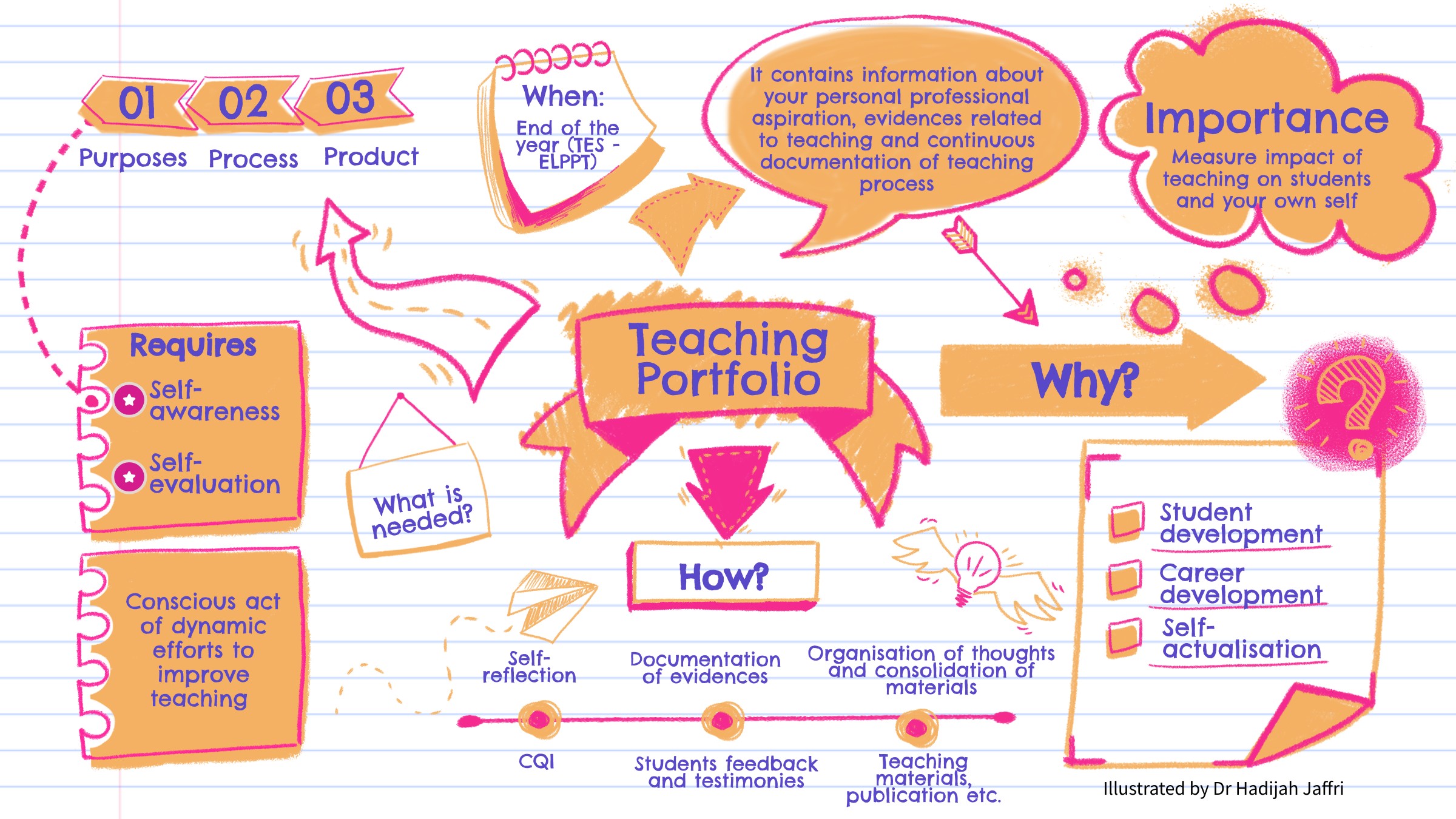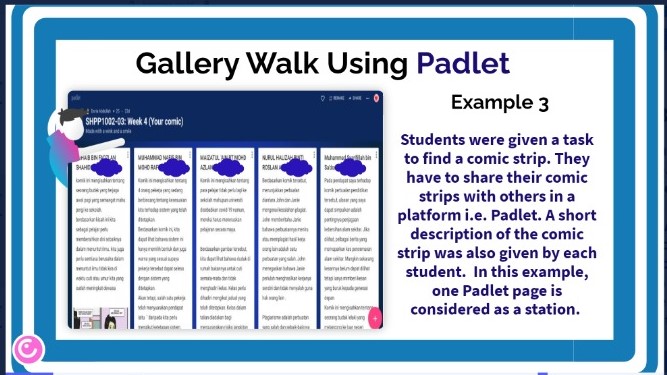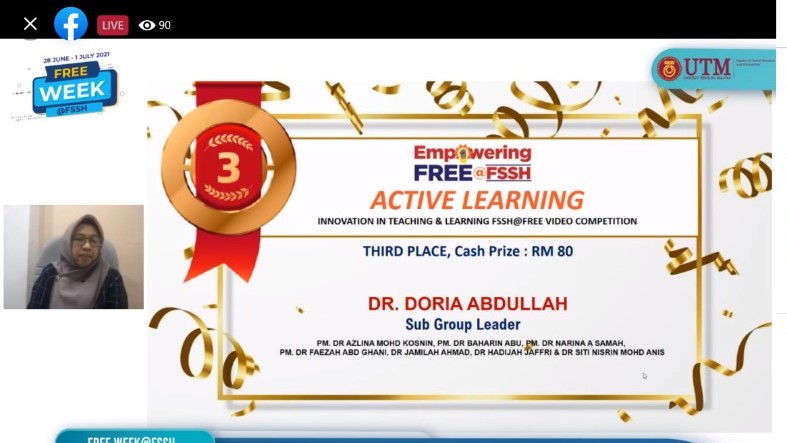I know that I can be a bit bossy. Yup. So when the faculty organised a competition last May, my initial reaction was “Ok. It is just another competition“. Then, someone messaged me and reminded me that I need to submit a video. What a heck! In a midst of doing something else and now I had another thing that I required (semi-forced) to do, I was hesitant to submit a video for the competition.
Then I remembered a video (at that time, it was not finished yet) that I was creating for my class. A short video as another version of a class note. Rather than giving normal slides and whatever, I convert the notes, recycle some points here and there from the class notes and turn it into a video.
But I need pictures and second opinion. I was desperate. I asked some of the group members and most of them said “I didn’t use that in my class“. But, I know two people who use Gallery Walk in their class. So, I bugged them to give me pictures. Of course, they were hesitant. I told them something like this “You have nothing to lose. We need to do this as you will be the next in line to be bugged by you-know-who if we don’t get the video done. We need to help each other in this“. So, they shared the links to their Padlet. I screen shot it and cropped it and the video was done. Phew!

Of course, one of them feel guilty because as if I am the one who do all the work. Well, since I am using Genial.ly (paid some more, right?), I might as well use it to the max. What I need is someone to give me evidence in a form of pictures and someone who can double check the written texts in the video (context, grammatical mistakes, sentence structure and stuff). So, their contribution is in terms of giving me materials for my video and FOC of proof reading (tongue in cheek!).
Making a video is easier if we have materials, content that needed for a video. With my minimal skills of video editing, I use Genial.ly which does not require “technical” video editing skills. I do not need to know the “layers” of contents which can be found in Moovly, Powtoon and other apps when I use Genial.ly. There is nothing wrong with Moovly or Powtoon but for me, it takes me longer time to produce a video using it.
Note: There are only a few people who are responsible in creating the video though and RM80 is for me to cover half the cost of the annual fees I paid (tongue in cheek!). Without the support of my Sub Group Leader (Dr Doria who happened to be my former student long time ago), the video which was used for the competition will remain as my class material in which I don’t use for whatever competition. Thanks to her, I was motivated to finish the video.



